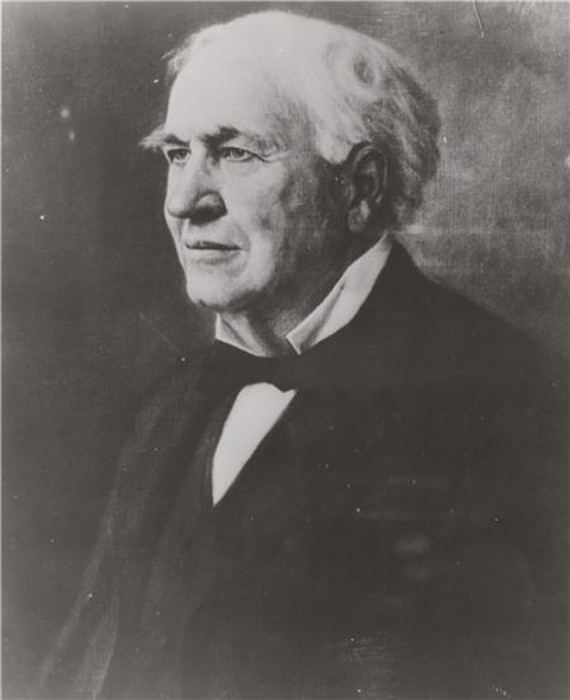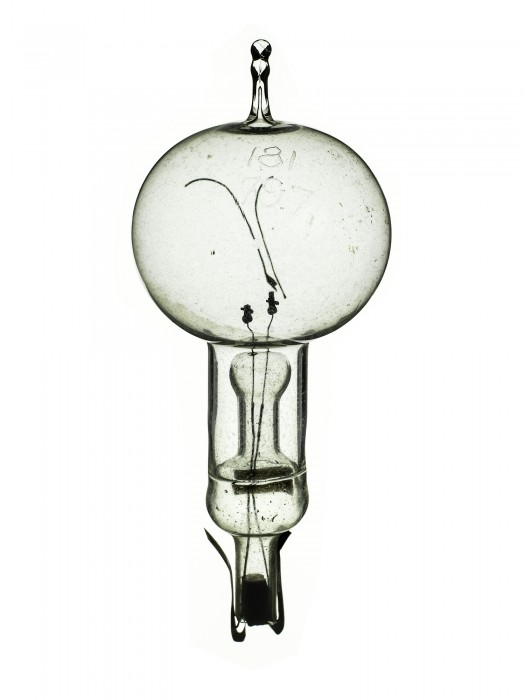Today in Smithsonian History: October 9, 1979

Portrait of Thomas Alva Edison (1847-1931), ca. 1920s, the American inventor, scientist, and businessman. He developed many devices that greatly influenced life around the world, including the phonograph, the motion picture camera, and a long-lasting, practical electric light bulb. In addition, he created the world’s first industrial research laboratory. Edison is most famously known for his invention of the electric light bulb. (Original photographer unknown, archival photograph by Mark Avino)
October 9, 1979 The exhibition Edison: Lighting a Revolution opens at the National Museum of History and Technology, now the National Museum of American History, in celebration of the one hundredth anniversary of Thomas Alva Edison’s invention of the light bulb.

Thomas Edison used this carbon-filament bulb in the first public demonstration of his most famous invention, the first practical electric incandescent lamp, which took place at his Menlo Park, New Jersey, laboratory on New Year’s Eve, 1879.
As the quintessential American inventor-hero, Edison personified the ideal of the hardworking self-made man. He received a record 1,093 patents and became a skilled entrepreneur. Though occasionally unsuccessful, Edison and his team developed many practical devices in his “invention factory,” and fostered faith in technological progress.
Courtesy of Smithsonian Institution Archives
Posted: 9 October 2019
- Categories:







